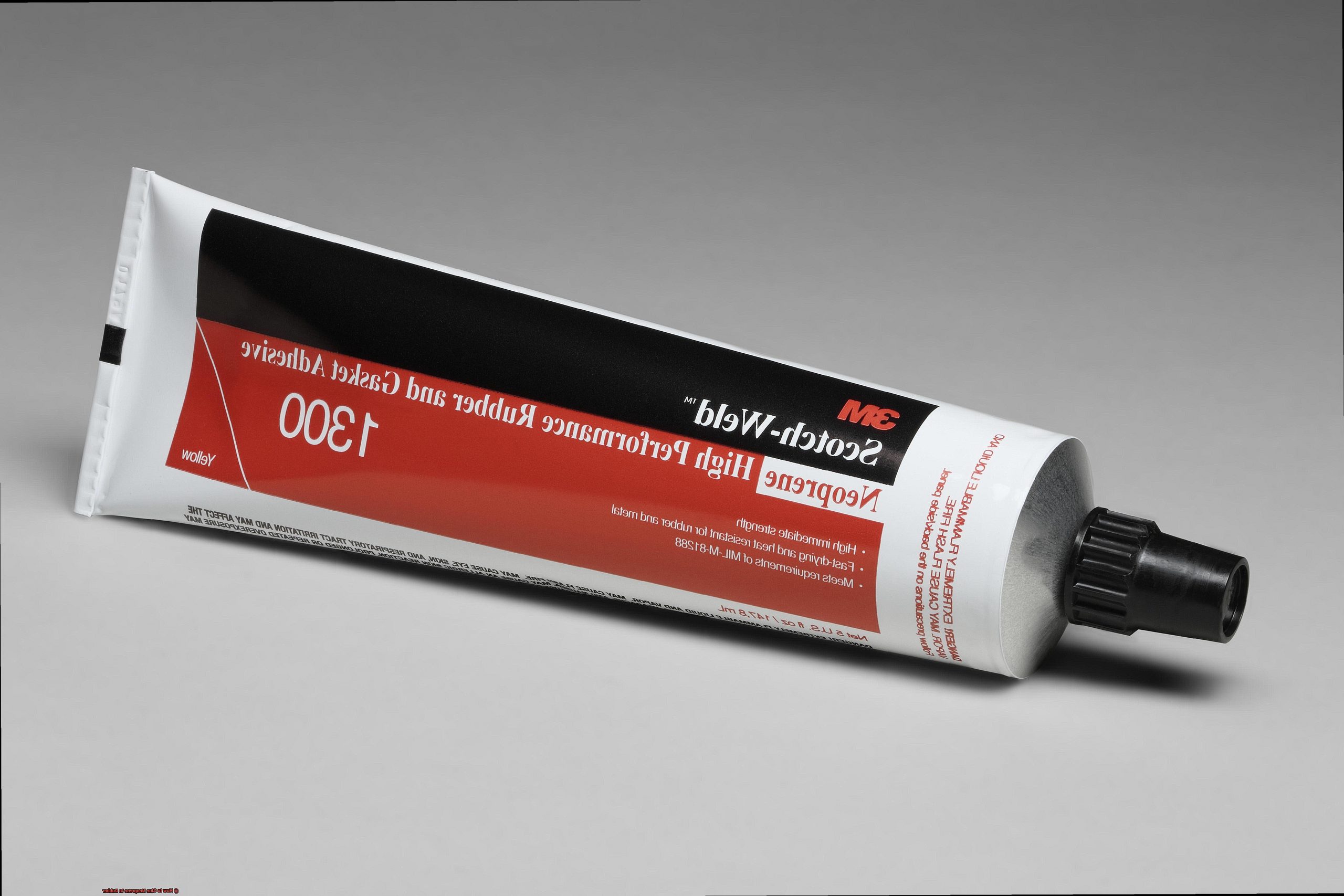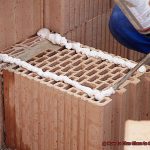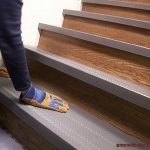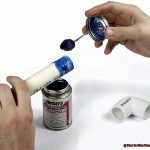Do you want to make your projects a reality? Do you need to know how to glue neoprene to rubber? It’s not as daunting as it may seem.
With the right materials and techniques, you can create a strong bond between these two products.
Neoprene is a synthetic rubber used for wetsuits and other water-resistant items.
Rubber, on the other hand, is used for tires, seals, and gaskets.
When combined, they form a powerful bond that can be used in many ways.
This blog post will explain how to glue neoprene to rubber.
We’ll discuss the different adhesives available and which one works best for this application.
We’ll also cover how to prepare both surfaces before gluing them together as well as safety precautions when working with adhesive products.

Finally, we’ll provide step-by-step instructions so you can get started right away.
Glue Types
Contents
Here’s a list of the best glues out there for this project, from super glue to contact cement.
Super Glue
Super glue is a great option for gluing neoprene to rubber. It has a fast-drying formula and is easy to work with, but it may not be suitable for all materials and surfaces.
Contact Cement
Contact cement is another strong adhesive that can bond neoprene to rubber, but some preparation is required before use.
E6000
E6000 is an industrial-strength adhesive that will do the trick as well, and it dries quickly too – but once removed, it can be difficult to recover.
Hot Glue
Hot glue is an affordable and convenient way to attach neoprene to rubber, although it won’t provide the same durability as other types of glue.
Silicone Sealant
Silicone sealant can also be used to create an airtight seal between two pieces of neoprene or rubber – just keep in mind that it can be hard to remove once applied.
No matter which glue you choose, your project will be finished in no time.
How to prepare the surfaces for gluing
Gluing neoprene to rubber can be a difficult task, but with the right preparation, it can be done with ease.
To ensure a strong bond between the two surfaces, it is crucial to properly prepare them.
Start by wiping both surfaces with a damp cloth or paper towel to remove any dirt or grime that could potentially weaken the adhesive.
Then, lightly sand the surfaces with fine-grit sandpaper to create a rough surface for the glue to adhere better.
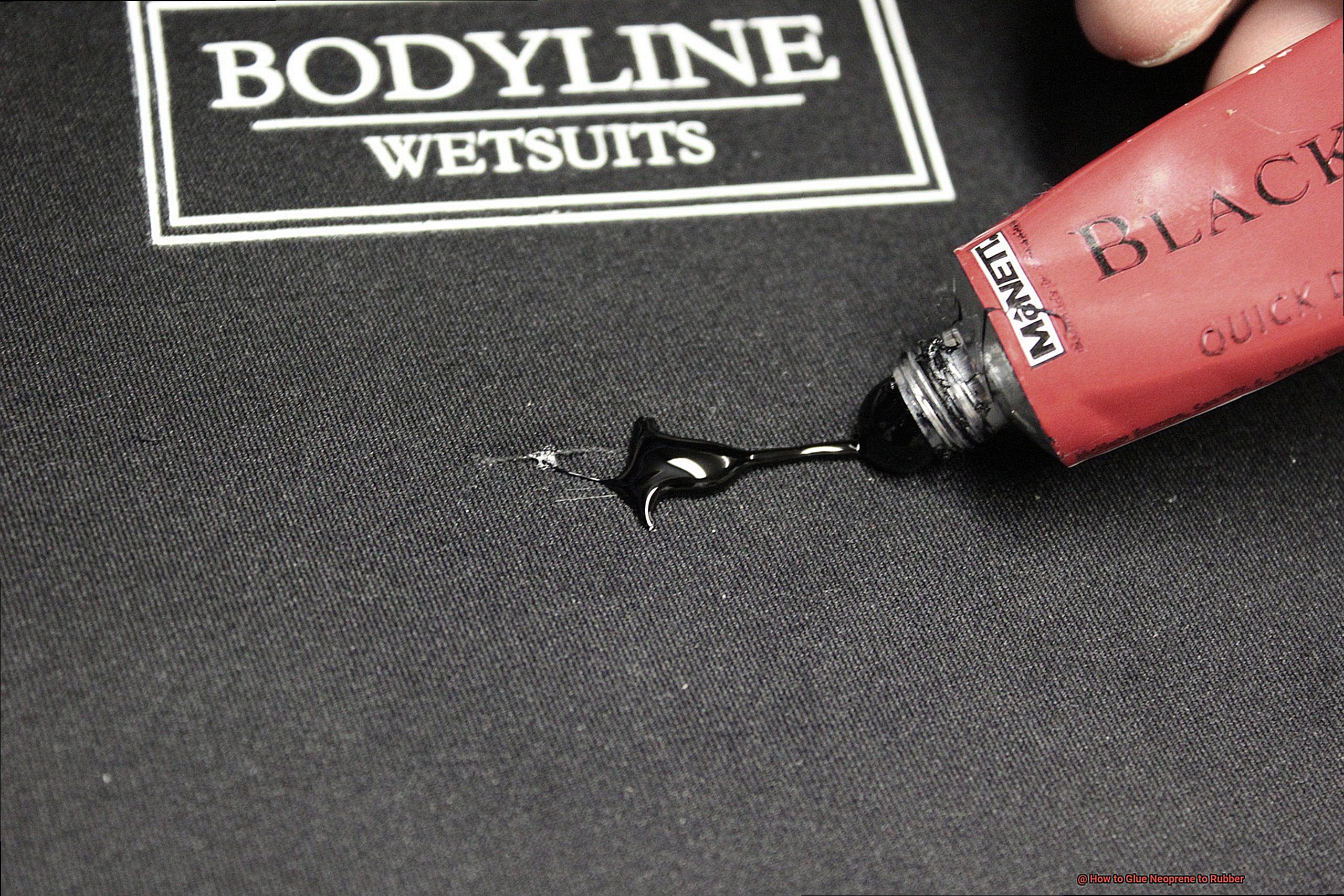
It’s like creating a blank canvas for your masterpiece.
Primer should also be applied to both surfaces in order to create an even surface for the glue.
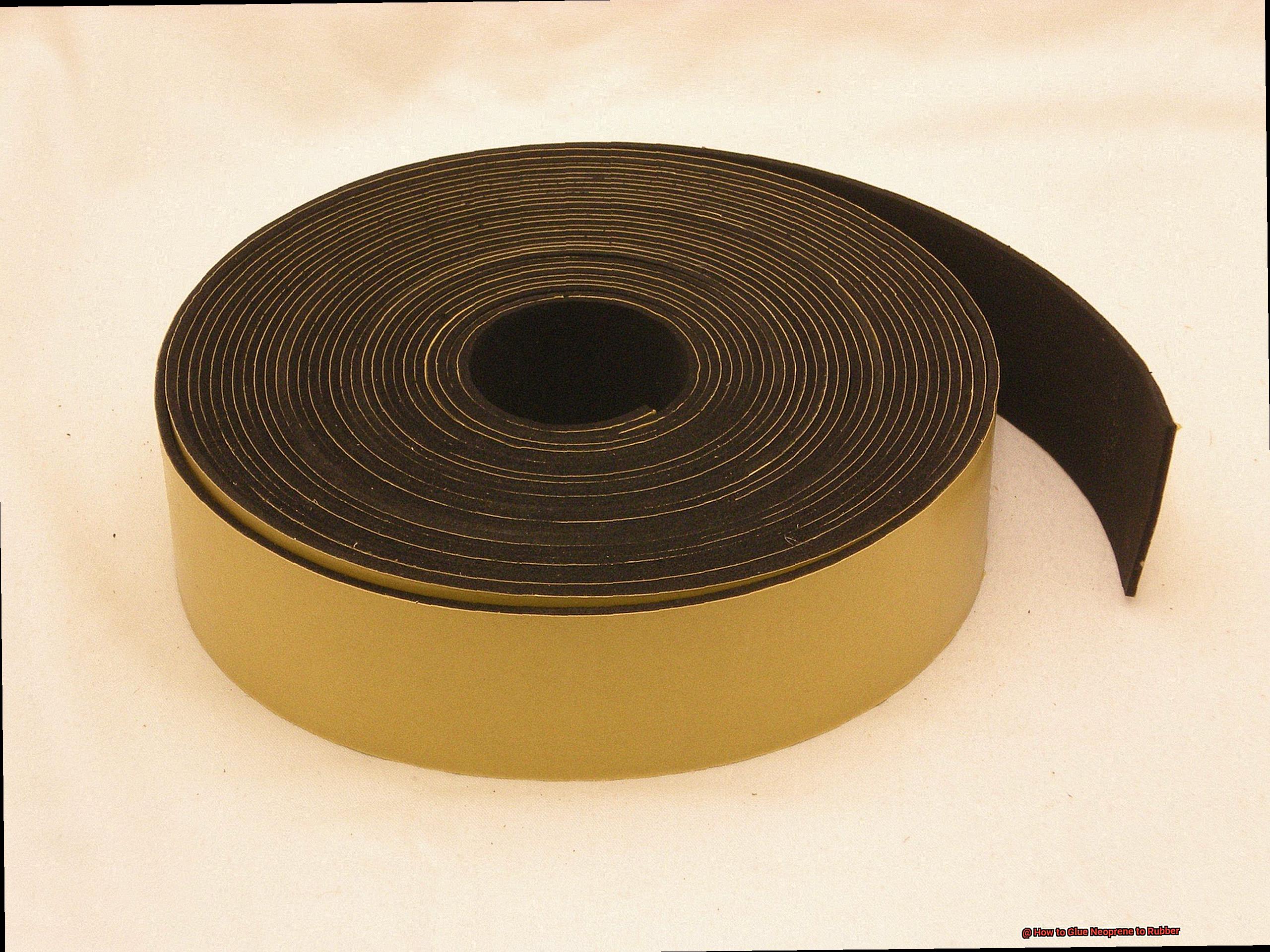
This will help ensure that the adhesive has a strong bond with both substances and won’t peel off over time.
After applying primer, make sure you give ample time for it to dry before applying the glue.
Does super glue work on neoprene?
Using super glue to bond neoprene and rubber can be a great way to make quick and easy repairs.
But does super glue work on neoprene? Yes. Super glue can be used to create a strong bond between the two materials, although it may not be as strong as other forms of adhesive.
To ensure you get the best results, it is recommended to test a small area first before committing to the project.
When using super glue, make sure you are in a well ventilated area because the fumes can be hazardous.
In addition, super glue should not be used on porous surfaces like wood or fabric because it will not adhere properly.
Rather, choose another form of adhesive that is more suitable for those materials.
With patience and practice, you’ll soon master the art of bonding neoprene and rubber with super glue.
This powerful adhesive can provide lasting results that will last for years if done correctly.
How to glue neoprene rubber to wood
Contact cement is the best choice for bonding neoprene to wood because it creates a water-resistant and flexible seal.
Super glue can also be used, but it won’t last as long as contact cement.
Epoxy is another option, but it takes longer to cure than contact cement or super glue and may not create an equally strong bond.
Before applying any adhesive, make sure that both surfaces are free of dirt, smoke, grease, or oils.
When you’re ready, spread an even layer of adhesive across both surfaces and press them together firmly for 30 seconds or more until a secure bond is formed.
Step-by-step Guides to Glue Neoprene to Rubber
With the right materials and a few easy steps, you can join these two materials like a pro.
All you need to do is prepare the surface, apply adhesive, press them together, and scrape away any excess adhesive.
- First things first, make sure both surfaces are clean and free of debris.
- To remove any dirt or grease from the surface, use a detergent and water solution, then air dry with a clean cloth.
- Then it’s time to get gluing. Apply either contact cement or a two-part epoxy adhesive with a brush or roller for an even coat of adhesive.
- Let it sit for ten minutes before pressing the two materials together firmly for about 30 seconds to ensure that all edges are sealed properly and that there are no air pockets between them.
- Finally, clean up any excess adhesive with a damp cloth or paper towel before it sets completely.
Gluing neoprene to rubber is easier than ever.
Best Glue for Neoprene Rubber
Contact cement and E6000 glue are both excellent options when it comes to creating a strong and permanent bond between these materials.
Contact cement is a fast-drying adhesive that creates an instant bond between two surfaces.
For optimal results, apply it in thin layers evenly over the surface and allow it to dry completely before bringing the two surfaces together.
E6000 glue is specially designed for adhering rubber and neoprene materials together.
It provides a strong bond without any need for additional clamping or holding time.
To use E6000 glue, apply a thin layer of adhesive evenly across both surfaces before bringing them together.
Let it dry completely before handling or stressing the joint area.
Gluing Neoprene Together
Neoprene is a synthetic rubber material that is widely used in industries such as wetsuits, protective gear, and automotive parts.
To ensure a strong bond between two pieces of neoprene, you’ll need an adhesive that can withstand the elements and keep the two pieces securely in place.
- Contact cement is the most durable adhesive for gluing neoprene together. It provides a permanent bond that is waterproof and can withstand extreme temperatures.
- Super glue is also an option, but it does not create as strong of a bond and has a shorter shelf life than contact cement.
- E6000 adhesive can be used for gluing neoprene too, but it takes longer to dry than the other two adhesives and should only be used on projects where there is no risk of water damage or exposure to extreme temperatures.
Gluing neoprene together can be compared to constructing a bridge – it requires the right materials to make something that will last for years to come.
Can e6000 be used on neoprene?
The E6000 adhesive is abrassible, flexible, and waterproof.
It will stick to almost any surface, including neoprene and rubber, making it the perfect choice when you need to glue these two materials together.
And the best part? It’s resistant to temperature changes and won’t crack or shrink in extreme temperatures.
In other words, E6000 is a glue that will bind. Its long-lasting bond makes it an ideal choice for any project that requires a lot of sticking power.
Conclusion
Gluing neoprene to rubber doesn’t have to be daunting.
With the right materials and techniques, you can create a strong bond between these two products.
From super glue to contact cement, there are plenty of adhesives to choose from.
It’s important to remember that surfaces should be properly prepared before gluing them together, and safety precautions must be taken.
Once you’ve selected your adhesive and followed the step-by-step instructions, your project will be finished in no time. E6000 adhesive is one of the most popular options for this task due to its abrassible and flexible properties.

